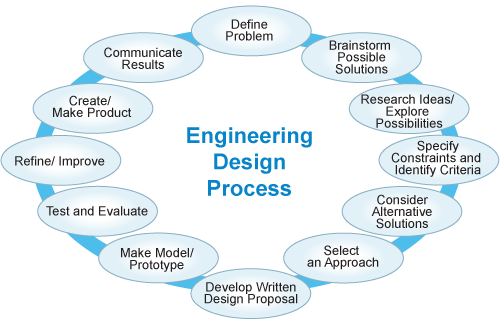A patio is a versatile outdoor space that can be used for relaxation, entertaining guests, or enjoying a meal in the fresh air. Whether you have a small balcony or a spacious backyard, a well-designed patio can enhance your outdoor living experience and add value to your home.
When it comes to creating the perfect patio, there are a few pain points that many people encounter. Limited space, lack of privacy, and uncomfortable seating are common issues that can make it difficult to fully enjoy your outdoor space. Fortunately, with some thoughtful planning and design, these challenges can be overcome.
The target of a patio is to provide a comfortable and inviting outdoor area where you can relax and unwind. It should be an extension of your indoor living space, with the same level of comfort and functionality. By incorporating elements such as comfortable seating, shade, and privacy features, you can create a patio that meets your needs and enhances your outdoor living experience.
In conclusion, a well-designed patio can transform your outdoor space into a functional and inviting area for relaxation and entertainment. By addressing common pain points and considering the target of your patio, you can create a space that meets your needs and enhances your outdoor living experience.
The Target of a Patio: Creating a Functional and Inviting Outdoor Space
My experience with at patio started when I moved into a new home with a small backyard. I wanted to create an outdoor space where I could relax and entertain guests, but I was limited by the size of the area. After doing some research and planning, I decided to create a patio that maximized the available space and provided all the features I was looking for.
A patio is a paved outdoor area that is usually attached to a house and used for dining or recreation. It is typically made of materials such as concrete, stone, or brick, and can be designed in a variety of shapes and sizes. The target of a patio is to provide a comfortable and inviting outdoor space where you can relax and unwind.
The history and myth of at patio can be traced back to ancient times, when outdoor spaces were used for socializing and entertaining. In ancient Rome, for example, patios were an integral part of the architecture and were used for dining, relaxation, and social gatherings. In modern times, patios have evolved to become a popular feature in homes and can be found in a variety of styles and designs.
One of the hidden secrets of a patio is its ability to create a sense of privacy and seclusion. By strategically placing plants, fences, or screens, you can create a private oasis where you can escape from the outside world. This can be particularly beneficial if you have neighbors close by or if you live in a busy area.
When it comes to recommending a patio, I would suggest considering the size and layout of your outdoor space, as well as your personal preferences and needs. If you have a small backyard, for example, you may want to opt for a compact patio that maximizes the available space. On the other hand, if you have a spacious backyard, you may want to consider a larger patio that can accommodate multiple seating areas and entertainment features.
Designing the Perfect Patio: Tips and Tricks
When designing a patio, there are a few key considerations to keep in mind. First, think about the size and layout of your outdoor space. Measure the area and consider how you want to use the space - do you want to create a cozy seating area, a dining space, or a combination of both?
Next, think about the style and materials you want to use for your patio. Consider the overall aesthetic of your home and choose materials that complement the existing architecture. Popular choices for patio materials include concrete, stone, brick, and wood.
Other important factors to consider when designing a patio include lighting, shade, and privacy. Incorporate lighting fixtures that can create a warm and inviting ambiance, and consider adding shade features such as umbrellas or pergolas to protect against the sun. If privacy is a concern, consider adding plants, fences, or screens to create a secluded outdoor space.
Question and Answer
Q: Can I install a patio myself, or do I need to hire a professional?
A: While it is possible to install a patio yourself, it can be a complex and time-consuming process. Hiring a professional can ensure that the patio is installed correctly and meets all building codes and regulations.
Q: How much does it cost to build a patio?
A: The cost of building a patio can vary depending on factors such as the size, materials, and complexity of the design. On average, expect to spend between $2,000 and $10,000 for a basic patio.
Q: How long does it take to build a patio?
A: The time it takes to build a patio can vary depending on factors such as the size, materials, and complexity of the design. On average, expect the construction process to take between one and four weeks.
Q: How do I maintain my patio?
A: Regular maintenance is important to keep your patio looking its best. Sweep or hose off any debris, clean stains or spills promptly, and seal any porous materials to protect against damage.
Conclusion
In conclusion, a patio is a versatile outdoor space that can be used for relaxation, entertaining guests, or enjoying a meal in the fresh air. By addressing common pain points, considering the target of your patio, and following some key design tips, you can create a functional and inviting outdoor space that enhances your outdoor living experience. So why wait? Start planning your dream patio today!

No comments:
Post a Comment